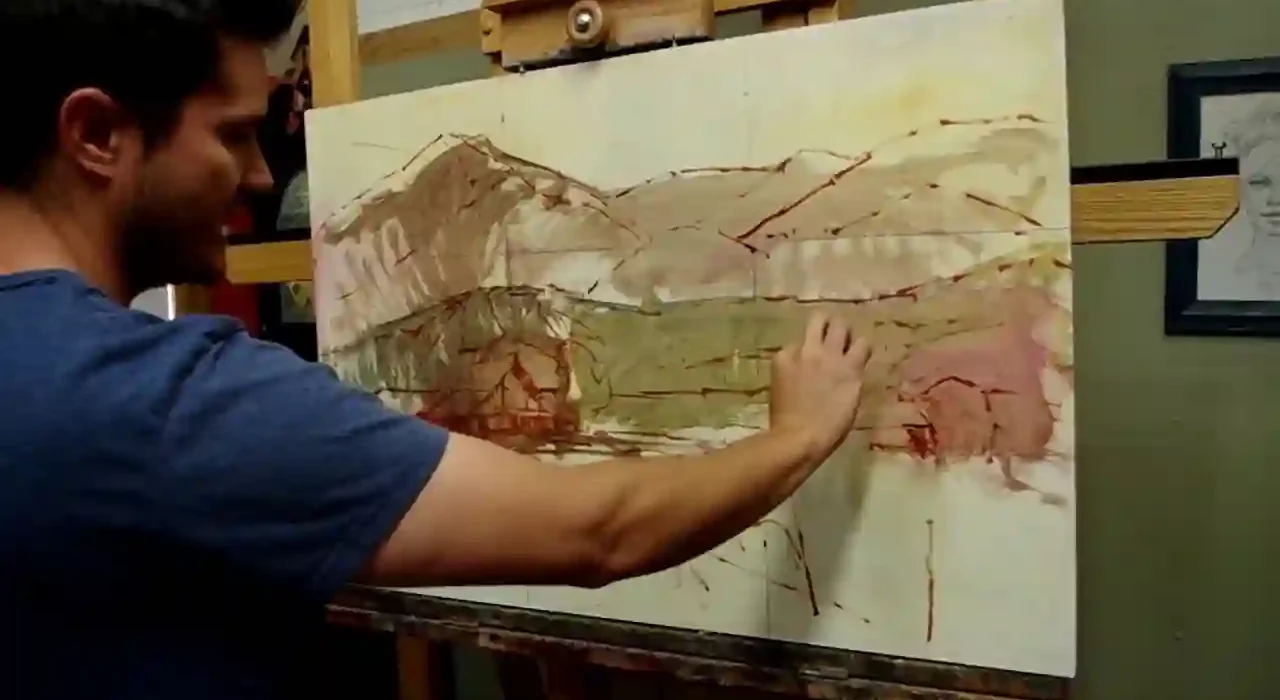The journey of creating a painting is a complex and rewarding process that takes an idea and transforms it into a tangible work of art. From the initial concept to the final brushstroke, the evolution of a painting is a testament to an artist’s creativity, skill, and dedication. In this article, we will explore the stages of this journey, from the inception of an idea to the completion of a masterpiece.
1. Conceptualization and Inspiration
Every painting begins with an idea or inspiration. This can come from various sources, such as personal experiences, emotions, nature, a particular subject, or even other artworks. Artists often keep sketchbooks or journals to capture these initial concepts as they arise. The conceptualization phase involves brainstorming and refining these ideas, considering composition, colors, and the overall message or story the painting will convey.
2. Sketching and Planning
Once an idea takes shape, artists move to the sketching and planning stage. Sketches, whether rough or detailed, serve as a visual blueprint for the painting. Artists use sketches to experiment with composition, layout, and proportions. These initial drawings help refine the concept further and provide a roadmap for the painting process.
3. Choosing Materials and Setup
Before the actual painting begins, artists must select the appropriate materials and set up their workspace. This includes choosing the canvas or surface, preparing it with gesso if necessary, and gathering the required paints, brushes, and mediums. The setup phase also involves arranging the studio or workspace for comfort and efficiency.
4. Underpainting and Blocking In
The underpainting stage involves laying down the initial layers of paint or a monochromatic base layer. This step serves several purposes:
- Establishing the overall tonal values and contrast in the painting.
- Mapping out major shapes and forms.
- Creating a foundation for subsequent layers of color.
The underpainting can be done in various ways, such as using a single color (often called a grisaille), a complementary color, or a neutral tone.
5. Building Layers and Adding Color
With the underpainting in place, artists start building layers of color. This is where the painting truly comes to life. Artists work in a series of layers, gradually refining details, adjusting colors, and adding depth and dimension to the artwork. This process can involve both opaque and transparent layers, depending on the desired effect. Artists use their knowledge of color theory and blending techniques to achieve the desired hues and harmonies.
6. Refining Details and Texture
As the painting progresses, artists focus on refining details, texture, and surface quality. They use various brushes, palette knives, and techniques to create texture, highlights, and shadows. This stage often involves adding intricate elements and small details that bring the subject to life.
7. Critical Evaluation and Adjustments
Throughout the painting process, artists step back and critically evaluate their work. They may identify areas that need adjustment, refinement, or correction. This self-assessment is an essential part of the creative process and ensures that the final painting meets the artist’s vision and standards.
8. Adding Final Touches
As the painting nears completion, artists add final touches and enhancements. This can include adding highlights, fine-tuning colors, adjusting contrasts, and making any last-minute changes to achieve the desired visual impact.
9. Signing and Varnishing
Once satisfied with the painting, the artist signs it, typically in a discreet corner. Signing marks the completion of the artwork. To protect the painting and enhance its appearance, artists may apply a varnish. Varnishing not only adds a protective layer but also enhances the colors and depth of the painting.
10. Presentation and Display
The final step in the evolution of a painting is its presentation and display. Artists carefully select frames or mounting options that complement the artwork and enhance its visual appeal. Once framed, the painting is ready to be exhibited in galleries, sold to collectors, or shared with the world.
Conclusion
The journey of creating a painting is a dynamic and multifaceted process that begins with an idea and culminates in a completed work of art. Each stage of this evolution, from conceptualization and planning to adding final touches and presentation, requires creativity, skill, and attention to detail. The artist’s vision and dedication shine through as they transform their ideas into vibrant, tangible paintings that capture emotions, tell stories, and inspire viewers. Whether it’s a portrait, a landscape, an abstract, or any other genre, the evolution of a painting is a testament to the artist’s ability to translate their imagination into a visual masterpiece.
